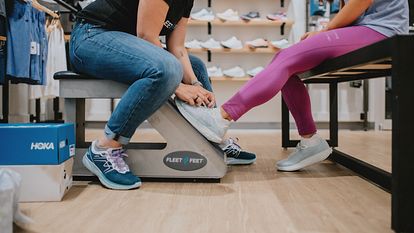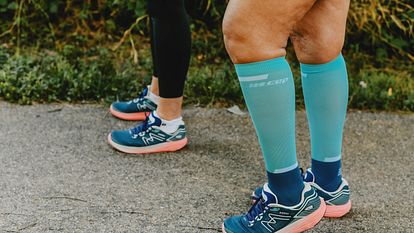To find the optimal size, use a measuring tape to assist you with the following measurements. You’ll also need to do a tiny bit of math.
1. Find your band size. Take the measurement just above your breasts. Round down to the nearest whole number and record the measurement.
2. Measure your bust. Place the tape around the fullest part of your bust, and record that number, too.
3. Find your cup size. Now for a little math: Subtract the two measurements. The difference in inches translates to your cup size (see chart to the left).
For example, if the measurement you took above the bust is a 36, and the measurement you took of the fullest part of the bust is a 39, you would subtract 36 from 39 and come up with three. A, B, C— 36C is an ideal size to try first.
Once you have an idea of what size you need, try on some bras. Different brands have variation in sizing. Get a feel for different sizes and styles to see what you like best.






Join our Newsletter
Get deals, events, and more.
Connect with Fleet Feet
Get involved on social media.
Find a Location
Fleet Feet has over 250 locations nationwide!
Find a Store